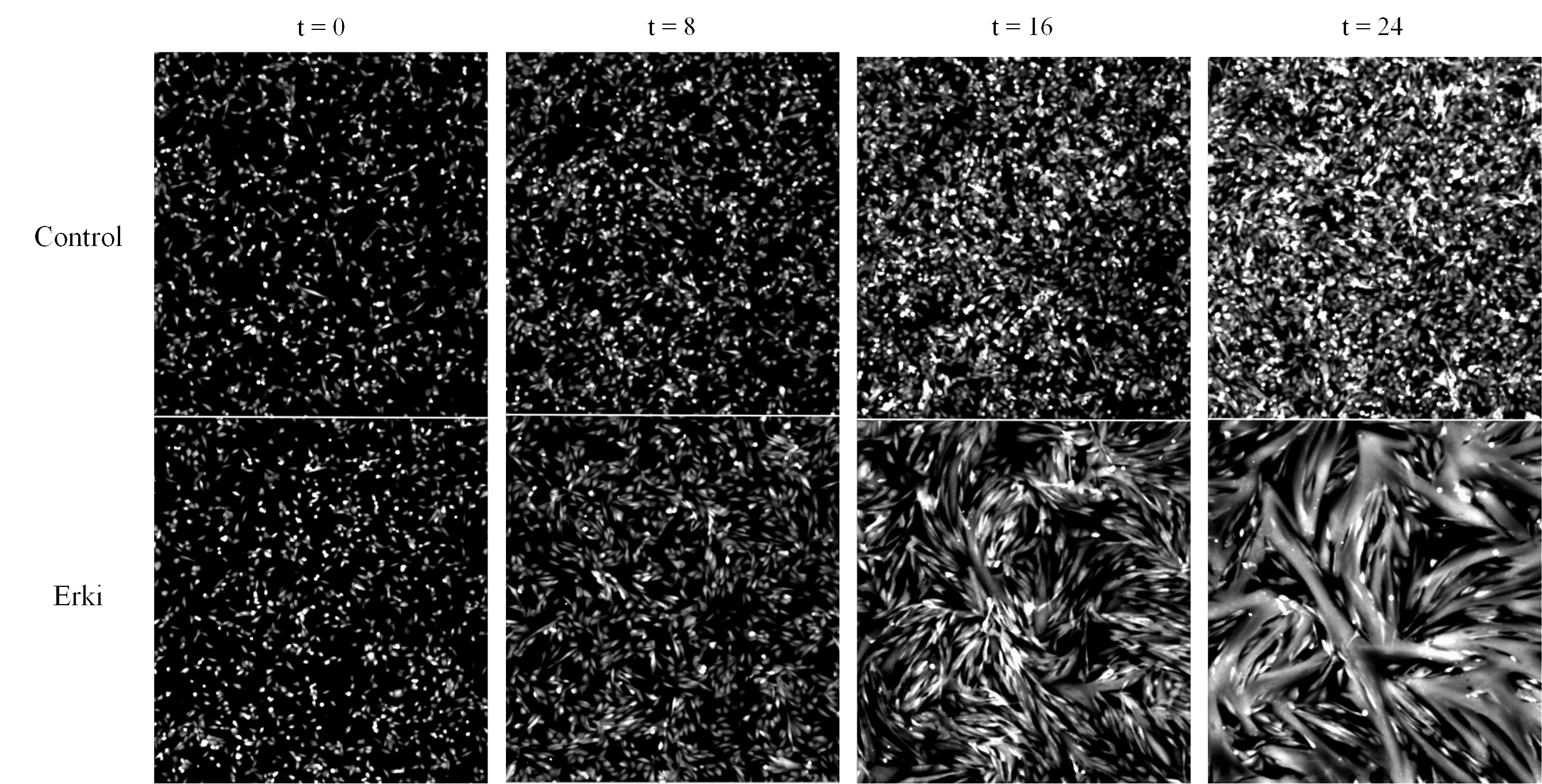
UNCOVERING THE FUNDAMENTAL PRINCIPLES OF MUSCLE REGENERATION USING LIVE CELL IMAGING AND MACHINE LEARNING (PROPOSED AS A TANDEM TALK)
2Molecular Cell Biology, Weizmann Institute of Science, Rehovot, Israel
Upon muscle injury, quiescent satellite muscle progenitor cells are activated. These myoblasts differentiate, migrate, adhere, and fuse into existing myofibers to repair the muscle. We previously developed a protocol to induce robust and synchronous differentiation of myoblasts. Using this protocol, we previously reported that single cells are biased in their decision to fuse, favoring existing myofibers rather than creating many independent smaller multinucleated fibers. These results raised the hypothesis that the biased cell decision to fuse is a regulated process involving global stimulus from existing myofibers and local communication from neighboring cells.
To decipher the regulation of this complex process, our computational and experimental teams joined forces. Together, we propose a tandem talk presenting computational pipeline development leading to biological discovery.
We developed a computational framework to quantitatively monitor the muscle formation process using live-cell imaging of the onset of muscle fiber formation. We found that myoblast differentiation was associated with locally coordinated cell migration. Following the differentiation was achieved by using machine learning to define a continuous single-cell differentiation score, and this measure enabled us to decouple the processes of differentiation and fusion. We also revealed that actin becomes enriched in cells during differentiation.
Based on our results, we suggest a mechanism by which a terminal single-cell decision to differentiate or fuse, is heavily affected by global signaling originated from the myofibers and local cell-cell communication. Local communication depends on cellular differentiation to enhance the capacity of single cells to process information received from neighboring cells. This mechanism reduces noise and assists the cell in its decision where and when to migrate, differentiate and fuse.
